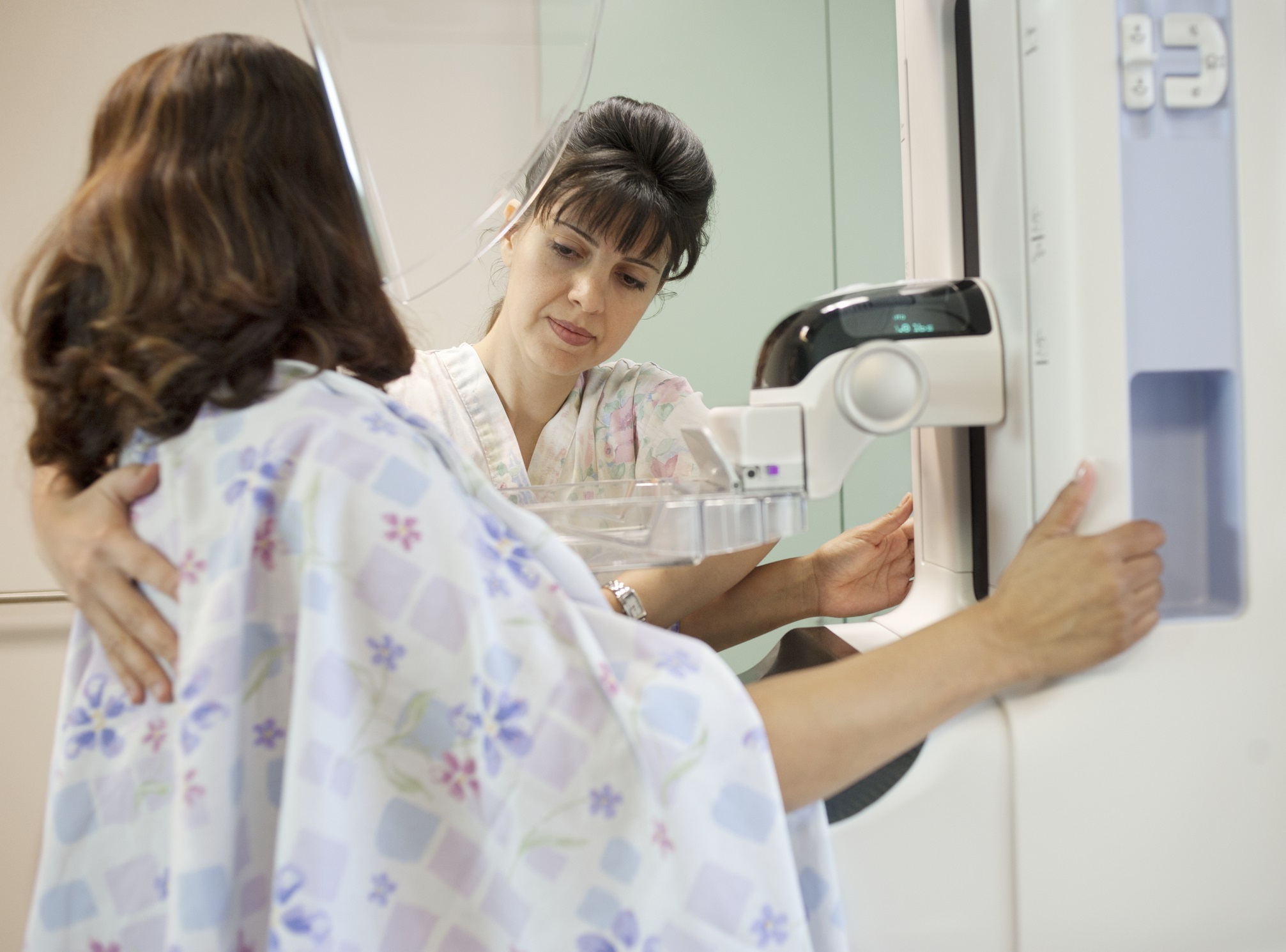Representatives from Carle Cancer Institute Urbana recently delivered that message as well as many others
 related to staying healthy during the recent Champaign-Urbana Pride fest. This is part of an outreach effort to welcome members of the LGBTQ+ community and encourage them to connect with a medical provider.
related to staying healthy during the recent Champaign-Urbana Pride fest. This is part of an outreach effort to welcome members of the LGBTQ+ community and encourage them to connect with a medical provider.“These underserved communities need to know we want to see them,” Katherine Graff, RN, breast cancer navigator, at Mills Breast Cancer Institute in Urbana said.
Mabruka Yazidi, RN, breast imaging navigator, at Mills Breast Imaging, said. “We just wanted to let the community know we are gender affirming. We were there to welcome them, but we were welcomed in such a big way.”
Hannah Dignan, RN, nurse practitioner, says they taught hundreds at the event how to do a self-exam and how to identify breast cancer signs. “We had many meaningful conversations with those in the transgender community,” she said.
When it comes to identifying breast cancer, many messages apply to anyone with a breast or chest, they said.
- You know your chest/breast better than anyone, do self-exams to get a baseline of what is normal for you. This will help you identify changes faster.
- Lesbian, bisexual and cisgender women, transgender men and nonbinary people with breast tissue should have an annual screening mammogram starting at age 40 and have their provider do an annual physical breast and axillary (armpit) exam starting at age 25.
- Just because you do not have a family history of breast cancer it does not mean you can skip your yearly screening mammogram. 80 percent of breast cancer diagnoses are people with no family history of breast cancer. Those who do have a family history may qualify for additional early monitoring by their physician.
- Screening mammograms are still very effective if you have dense breast tissue. An ultrasound is not a suitable substitution for an annual mammogram. Talk to your provider if you think you need additional breast imaging.
- Mammogram machines are more comfortable than they used to be. We are able to use less compression, have different shaped paddles and can use pads if you are prone to skin tears.
- Breast pain typically is not associated with breast cancer until it is very advanced. Pain in the breast is very common and often due to hormones, medication, muscle strains or possible benign processes like cysts.
- Make an appointment with your provider if you have any lumps, redness, a newly inverted nipple, breast dimpling, nipple discharge, or change in breast size.
- Transgender men and nonbinary people who had gender-affirming chest-reduction surgery should have an annual screening mammogram at age 40.
- Transgender men who’ve had gender-affirming chest reconstructive surgery (bilateral mastectomies) should have their provider do an annual physical chest and axillary (armpit) exam starting at age 25.
- Transgender women with five or more years of gender affirming hormone replacement therapy should have their provider do an annual physical breast and axillary exam starting at age 25. They should discuss their personal breast cancer risk and recommendations with their healthcare provider.
At Carle, we know diversity exists in many forms and team members are committed to providing a welcoming, supportive and compassionate healthcare space. Discuss your personal risk, and recommendations for you, with your healthcare provider.
Categories: Staying Healthy, Community
Tags: Breast cancer, Champaign-Urbana, DEI, Mills Breast Cancer Institute
